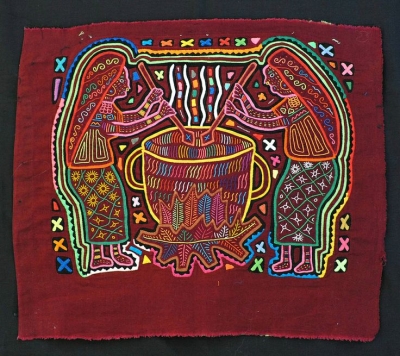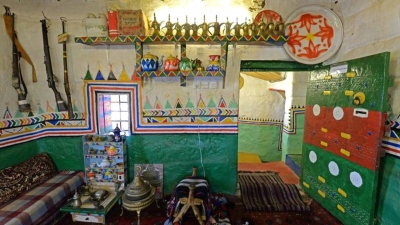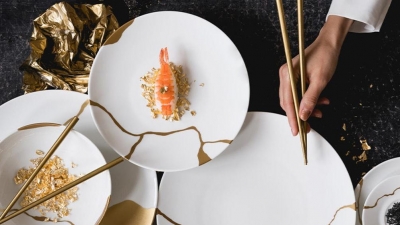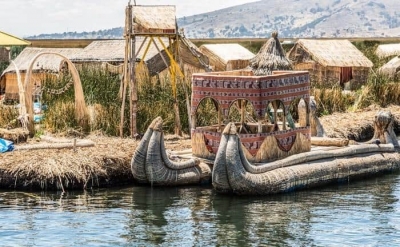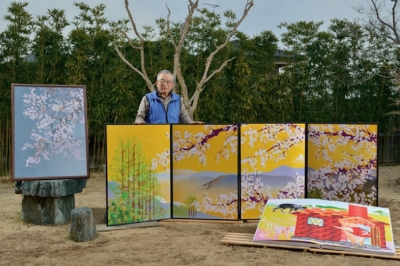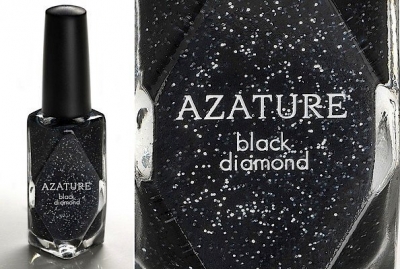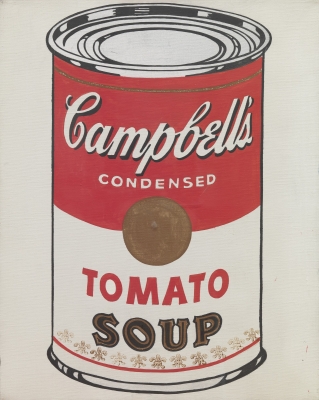
For thousands of years silk has been traded from East to West, and it is still the most precious fabric by weight.
Silk is a fibre spun by the domestic silkworm, Bombyx mori, to create a cocoon in which it turns into a moth. Each cocoon consists of a single filament up to 1 mile (1.6km) long. It takes 110 cocoons to make a tie, 630 for a blouse and 3000 for a kimono.
Chinese legend dates the discovery of silk to the year 2640 BC, in the garden of Emperor Huang Ti. According to the story, Huang Ti asked his wife, Xi, Lingshi, to find out what was eating his mulberry trees. She discovered it was white worms that spun shiny cocoons. Dropping one by accident into warm water, she found that she could draw out a fine filament, and wind it onto reels. She had discovered how to make silk, and it remained a Chinese secret for the next 2000 years. Imperial law decreed that anybody revealing the secret would be tortured to death.
Manufacturing silk has four stages: the cultivation of mulberry trees, the raising of silkworms, the reeling of the silk fibre from the cocoons, and the weaving of fabric.
Silkworms will eat the leaves of a variety of trees – one type of silkworm feeds on oak leaves – but mulberry leaves produce the finest silk. In 1608 King James I ordered 10,000 black mulberry trees to be planted across England to create a domestic silk industry, but the project failed. He had unfortunately chosen the wrong variety – silkworms prefer the white mulberry.
In China the mulberries are cultivated as low bushes, so their leaves can be easily harvested and fed to the silkworms.
Silkworms are raised in the spring, in two months of intensive activity. The eggs, stored in a cool place from the previous season, are incubated as soon as the mulberry bushes come into leaf. They take about eight days to hatch, then the worms feed continuously on the mulberry leaves for almost a month. They increase their body weight 10,000 times in his four-week period. Even breathing does not interfere with their eating, because they breathe through holes in their bodies.
To be productive, silkworms must be cosseted. In China it was said that the worms liked warmth and hated cold, liked dryness and hated damp, liked cleanliness and hated dirt. But they were also said to dislike noise, the odour of frying fish, tears, shouting and women who were pregnant or had just give birth. Even today, in the Chinese province of Hangzhou, the women who look after the silkworms are forbidden to smoke, wear make-up, or eat garlic.
After their fourth moulting the silkworms set about making their cocoons. They begin to exude a semiliquid mixture from the two silk glands that run the length of their bodies. The single thread which emerges is made up of the two threads joined together.
First they anchor themselves by making a fine net. Then tossing their heads in a figure-of-eight motion, they slowly build up a waterproof cocoon that completely surrounds them. It takes a worm about three days to spin the entire cocoon, during which it will have shaken its head about 300,000 times.
Left to its own devices the worm will turn into a moth in about two weeks, exude an enzyme to weaken the cocoon and emerge to begin the life cycle once more. In practice only a few are allowed to do this, to provide for the following year. The rest are killed. By preventing the cocoon being damaged by the emerging moth, an unbroken thread can be recovered.
The process of obtaining the thread is called reeling. It is done by soaking the cocoons in warm water, finding the end of each silk thread and winding it onto a reel. Fibres from several cocoons, usually between five and eight, are wound on to the same reel to make a thread of sufficient thickness. Today automatic reeling machines do much of the work.
If two silkworms are placed together they create a twin cocoon. The silk that emerges is known as dupion. It has ‘slubs’ or lumpy places along the thread and is used to make fabrics with variations in texture.
World production of silk is small, around 50,000 tons a year, only a fifth of 1 per cent of total textile fibres. Its shimmering texture is created by fibres that are not round but triangular, and therefore reflect the light. It still makes the best ties and the most luxurious underwear.
Picture Credit : Google
